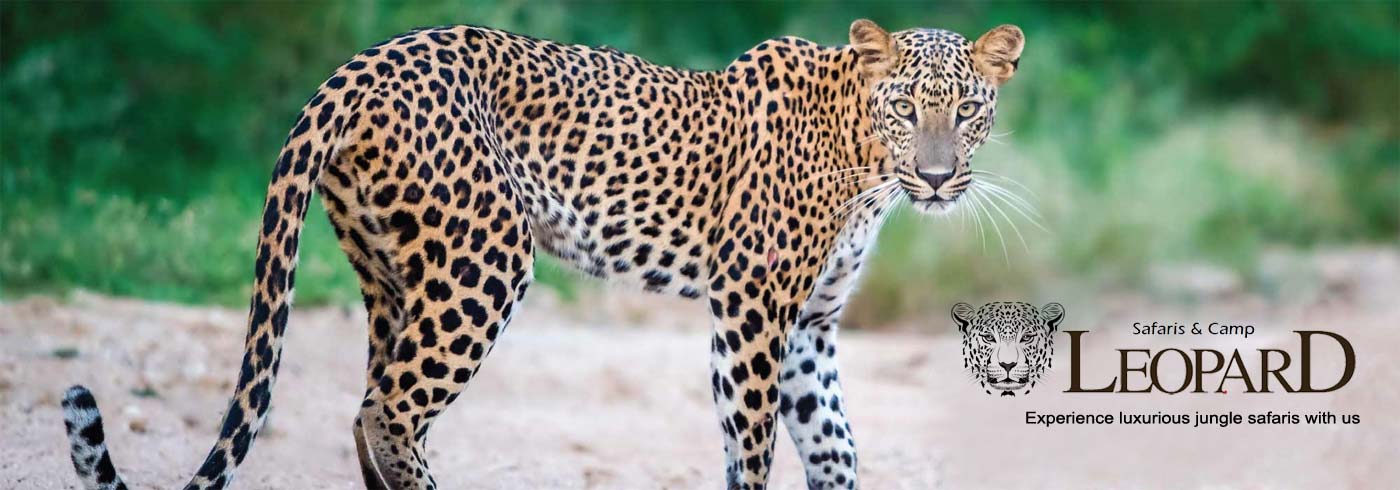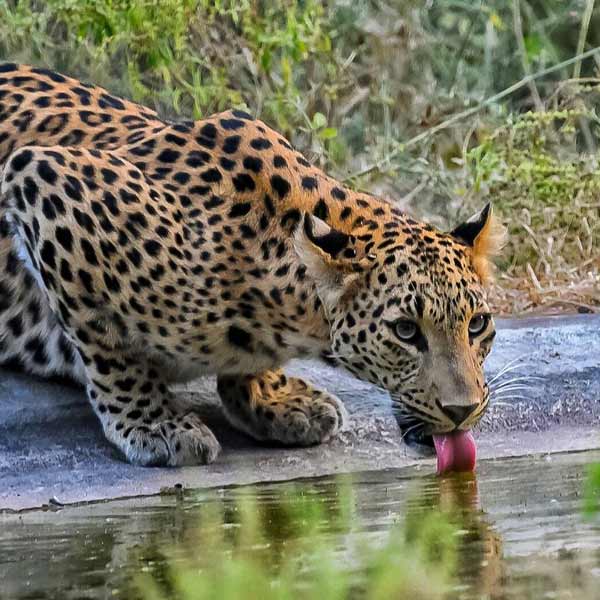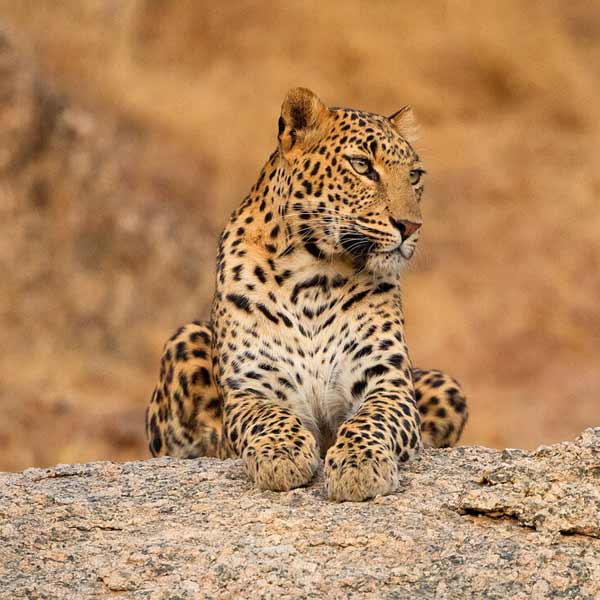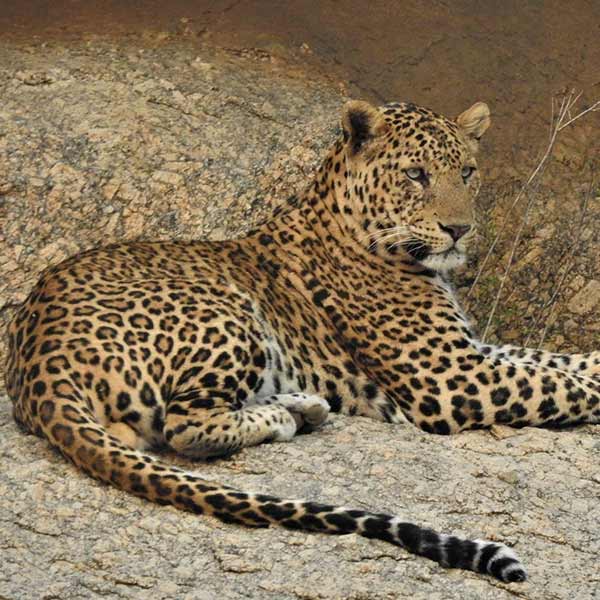
Leopards in Rajasthan
Leopards are one of the most elusive and magnificent big cats found in Rajasthan. Although tigers and lions are the more popular big cats, leopards have always fascinated wildlife enthusiasts. They are found in several regions of Rajasthan, including the Sariska Tiger Reserve, the Jawai Leopard Conservation Reserve, and the Kumbhalgarh Wildlife Sanctuary. Sariska Tiger Reserve is one of the most famous national parks in Rajasthan for leopard sightings. The reserve is located in the Alwar district of Rajasthan and is spread across an area of 800 square kilometers. The reserve is home to a significant population of leopards, along with other wildlife such as tigers, wild boars, and various species of deer.
Leopards are known for their agility and stealth, which makes them one of the most challenging big cats to spot in the wild. However, visitors to the Sariska Tiger Reserve can increase their chances of spotting a leopard by taking a guided jeep safari through the reserve. The jeep safari takes visitors through the dense forests of the reserve, providing them with a chance to witness the majestic big cats in their natural habitat.
The Jawai Leopard Conservation Reserve is another popular destination for leopard sightings in Rajasthan. The reserve is located in the Pali district of Rajasthan and is spread over an area of 765 square kilometers. The reserve is home to over 50 leopards and several other wildlife species, including Indian pangolins, hyenas, and Indian civets.
Visitors to the Jawai Leopard Conservation Reserve can take a jeep safari or a walking tour to explore the reserve and spot leopards in their natural habitat. The reserve is also home to several luxury lodges and campsites, which provide visitors with a comfortable stay amidst the wilderness.
The Kumbhalgarh Wildlife Sanctuary is another popular destination for leopard sightings in Rajasthan. The sanctuary is located in the Rajsamand district of Rajasthan and is spread over an area of 578 square kilometers. The sanctuary is known for its scenic beauty and diverse wildlife, including leopards, tigers, wild boars, and sloth bears.
Visitors to the Kumbhalgarh Wildlife Sanctuary can take a guided safari through the sanctuary to spot leopards and other wildlife species. The sanctuary is also home to several ancient temples and forts, including the Kumbhalgarh Fort, which is a UNESCO World Heritage Site.
Leopards are nocturnal animals and are most active during the night. Therefore, spotting them in the wild can be challenging. However, with the help of experienced guides and naturalists, visitors can increase their chances of spotting these elusive big cats.
It is important to note that leopards are wild animals and can be dangerous if they feel threatened. Visitors to these wildlife reserves and sanctuaries should follow the guidelines provided by the reserve authorities and maintain a safe distance from the animals to ensure their own safety and the well-being of the wildlife.
In conclusion, Rajasthan is a treasure trove of wildlife, and its leopards are one of its most fascinating inhabitants. With several wildlife reserves and sanctuaries, visitors to Rajasthan can witness the majestic beauty of these big cats in their natural habitat and learn more about the importance of conservation efforts to protect them.
 +91 9799050299
+91 9799050299 



